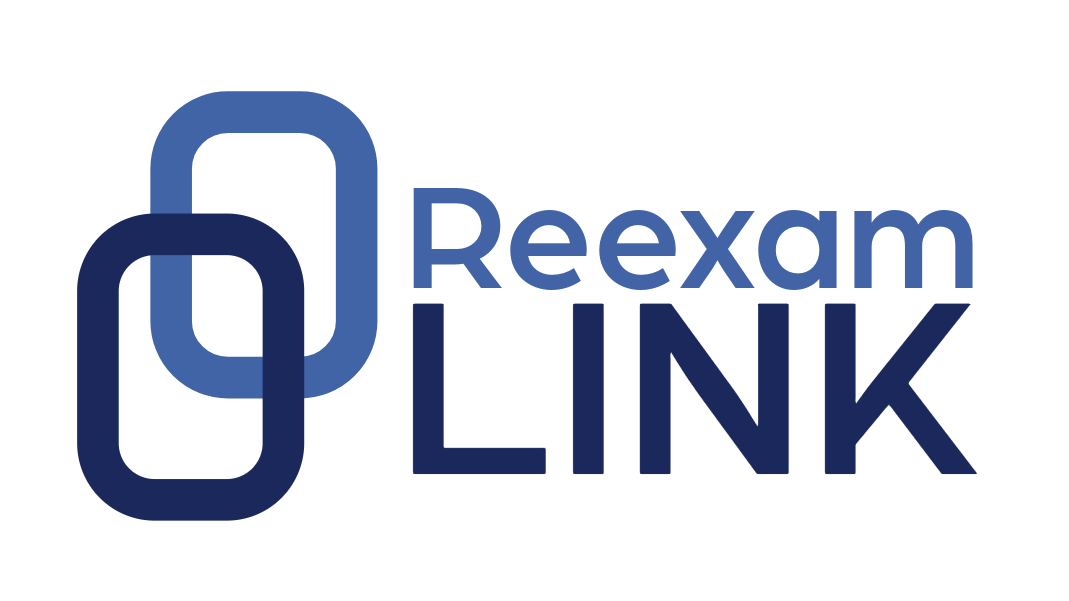Category: inter partes review
-
PTAB Dismisses Three IPR Petitions Based on Sovereign Immunity
Covidien LP had a license to U.S. Patent 7,062,251, owned by the University of Florida Research Foundation (UFRF, Patent Owner). UFRF alleged breach of contract by Covidien, and sued Covidien in Florida state court for breach of license. Covidien counterclaimed for a declaratory judgment that it does not infringe the ’251 patent, and removed the…
-
Patent Due Diligence and Evaluation After the AIA
Many factors must be considered for due diligence and valuation of a patent portfolio. The patent owner’s desire to have broad claims that capture a large number of infringements must be tempered against its need for claims that will not be deemed invalid in view of prior art. Before the America Invents Act (AIA), patents…
-
4 Tips to Make Your Patent Portfolio AIA-Ready
The America Invents Act (AIA) has changed the way that patents are enforced. In traditional patent litigation, a patent was drafted to perform in district court. After the AIA, when patents are asserted, they are first challenged in administrative proceedings before the Patent Trial and Appeal Board (PTAB). These proceedings, called IPRs (inter partes reviews), PGRs…
-
New PTAB Trial Practice Rules Effective May 2, 2016
On April 1, 2016 the PTO published its final rule on Amendments to the Rules of Practice for Trials Before the Patent Trial and Appeal Board. A small correction to these Amendments was published on April 27. I presented a summary of these rule changes at the AIPLA Spring Meeting in Minneapolis, MN on May 18, 2016. The…
-
Federal Circuit Employs Phillips Claim Construction to Measure Claims Amended in Reexamination for Possible Intervening Rights
—
by
in Broadest Reasonable Interpretation, claim challenges, Claim Construction, clear and convincing evidence, covered business methods, Damages, Ex Parte Prosecution, Federal Circuit, inter partes review, intervening rights, Litigation, past damages, Phillips claim construction, Post Grant Review, preponderance of evidence, prior art, reexamination generallyWhen patent owners sue an accused infringer for patent infringement, one way for the accused infringer to avoid liability is to show noninfringement of the patent claims. But if the claims are extremely broad, the accused infringer may find it difficult to prove noninfringement and instead may have to rely on a showing of invalidity to avoid…
-
IPRs And Settlement of Patent Infringement Cases
The passage of the AIA is still relatively recent, yet statistics are starting to emerge that demonstrate the effective use of IPRs to settle patent infringement cases. IAM magazine recently published an interesting report by Unified Patents showing that IPRs have the effect of increasing the median time to settle litigations (from 211 to 420 days), but when viewed…
-
Patent Trends to Watch in 2016
2016 is starting off with a bang! A number of interesting new developments have occurred as we enter into this new year: The Supreme Court will review broadest reasonable interpretation (BRI), courtesy of the petition for cert in Cuozzo The Federal Circuit continues to selectively review and provide guidance on PTAB decisions, such as in Ethicon Endo-Surgery…
-
Board Limits Multiple IPR Challenges in Samsung Electronics v. Rembrandt Wireless Technologies
June 22, 2015 Rembrandt Wireless Technologies sued Samsung and Research in Motion for infringement of U.S. Patent 8,457,228 in June 2013. The ‘228 patent relates to data communications, and in particular to a data communication system in which a plurality of modems use different types of modulation in a network. In June of 2014, Samsung filed six IPR…
-
Federal Circuit Interprets Board’s Broadest Reasonable Interpretation Standard – Part II
In Microsoft Corp. v. ProxyConn, Inc. v. Michelle K. Lee, Intervenor (Fed. Cir. cases 2014-1542 and -1543), the Federal Circuit reversed claim constructions made by the Board in the underlying IPRs. One of the claim constructions that was reversed related to the interpretation of components of a packet-switched network. In particular, the claims recite a…
-
Federal Circuit Interprets Board’s Broadest Reasonable Interpretation Standard – Part I
We know from the Federal Circuit’s decision in In re Cuozzo Speed Technologies, that the broadest reasonable interpretation (BRI) standard applies in IPRs, but in a recent appeal decision, the Federal Circuit has announced limits to the application of BRI. Microsoft had filed two separate IPR petitions challenging certain claims of U.S. Patent No. 6,757,717, which were later…
